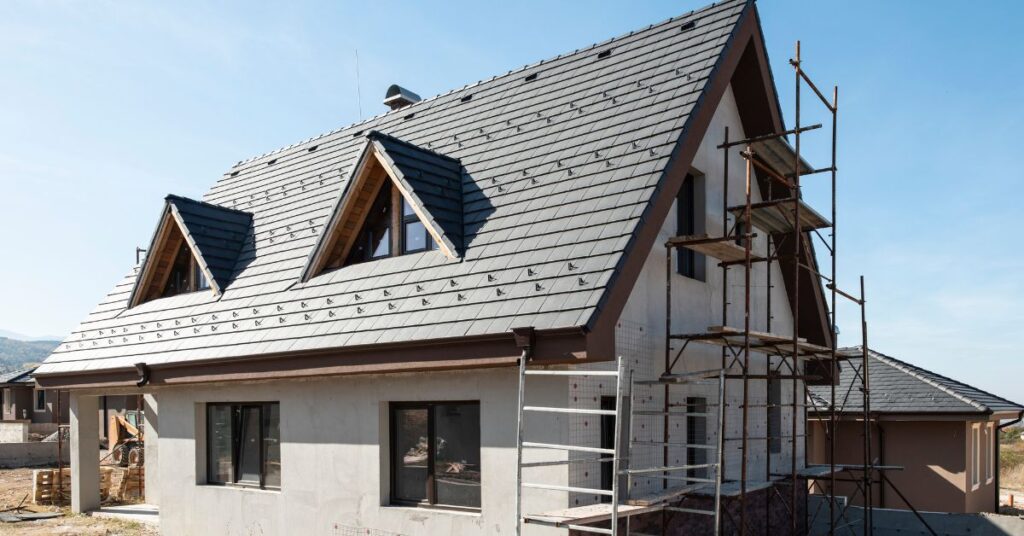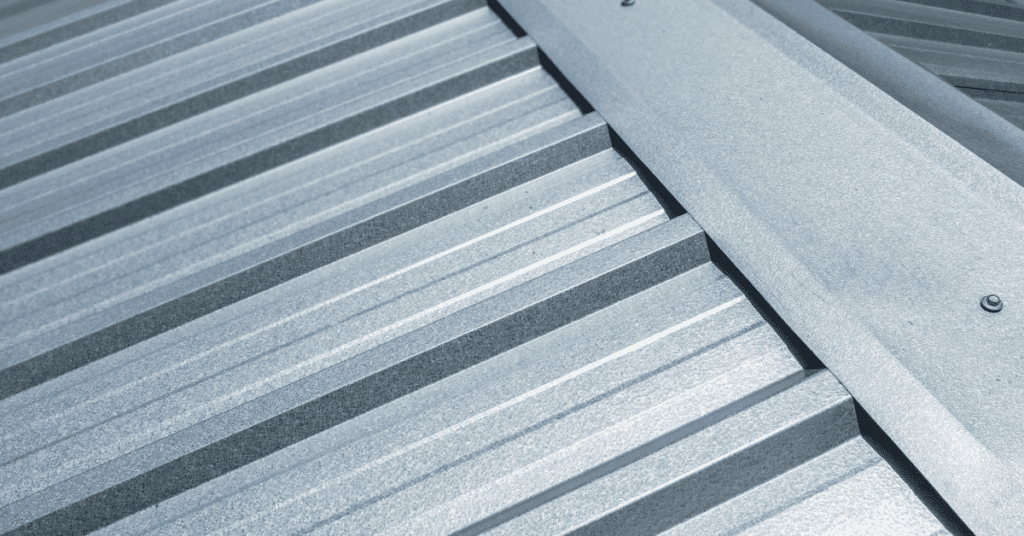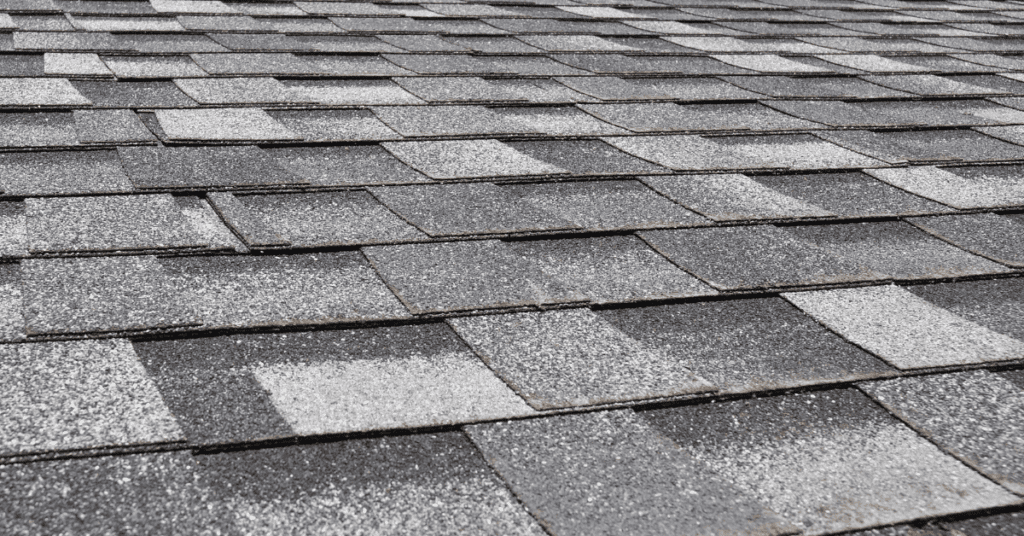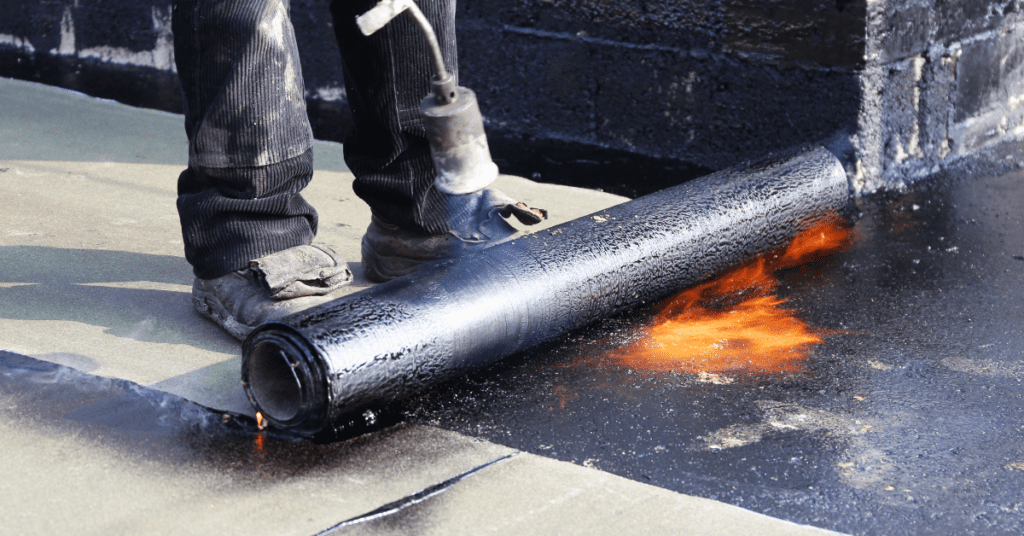What Is The Expected Lifespan of A New Roof?


The answer to “What is the expected lifespan of a new roof?” depends on several factors, the most crucial being the type of roofing material used.
From traditional options like asphalt shingles and wood shingles to more modern choices like membrane roofs and snaplock roofs, each material comes with its unique characteristics and lifespan. Let’s explore these materials in more detail.


Roofing Materials and Their Lifespans
Asphalt Shingles
Asphalt shingles are widely used due to their affordability and ease of installation. They typically last between 15 to 30 years, depending on the quality of the shingles and maintenance.
Wood Shingles
Wood shingles, made from cedar or redwood, have a lifespan of about 20 to 30 years. However, in mild climates and with proper maintenance, they can last up to 50 years.
Metal Roofs
Metal roofs are known for their durability and weather resistance. They can last anywhere from 40 to 70 years, making them an excellent long-term investment. If you’re considering this type of roofing, you may want to read our article on why installing metal roofing is a good idea.
Slate Shingles Roof
Slate shingles, made from natural stone, offer exceptional longevity. They can last over 100 years with proper care and maintenance.
Concrete Tile Roof
Concrete tile roofs are robust and resistant to severe weather conditions. They can last anywhere from 50 to 100 years, but they require regular maintenance.
Membrane Roof
Membrane roofs are commonly used for flat or low-slope roofs. The lifespan of a membrane roof can range from 20 to 35 years, depending on the material used and maintenance practices.
Peel & Stick Roof
Peel & Stick roofs are easy to install and provide excellent weatherproofing. They typically last around 10 to 15 years.
Rolled Roof
Rolled roofs are an economical choice for low-slope roofs and are often used for sheds and workshops. Their lifespan is generally shorter, ranging from 5 to 10 years.
Built-up Roof
Built-up roofs (BUR) consist of alternating layers of tar and gravel. These roofs are durable and can last 20 to 30 years with proper maintenance.
Snaplock Roof
Snaplock roofing is a type of standing seam metal roofing system. It’s a durable and long-lasting, with a lifespan of around 40 to 60 years.
Slate Tile Roof
Slate tile roofs are similar to slate shingles but are often larger and thicker. This type of roof can last over 100 years, making it one of the longest-lasting roofing materials available.
Factors Affecting the Lifespan of a Roof
Weather Conditions
Extreme weather conditions such as heavy snow, hail, high winds, and scorching sun can cause significant damage to your roof, shortening its lifespan. It’s also important to be aware of common misconceptions about wind damage on roofs, which we’ve discussed in a separate article.


Roof Maintenance
Regular roof inspections and timely roof repairs Regular roof inspections and timely roof repairs can extend the life of your roof. Neglecting small issues can lead to bigger problems down the line, affecting the roof’s longevity. For more insight on how to prolong the life of your roof, check out our article on the best 12 ways to proactively protect your roof.
Installation Quality
A poorly installed roof can lead to a host of problems, from leaks to structural damage. Therefore, it’s crucial to hire experienced professionals for the installation of your roof. If you’re considering asphalt shingles, we’ve outlined 4 qualities to look for in good asphalt shingle roofing.


Conclusion
In conclusion, the lifespan of a new roof varies significantly depending on its material, installation, maintenance, and the local weather conditions. By being aware of these factors, you can make informed decisions and take the necessary steps to prolong the life of your roof. However, there will inevitably come a point when a roof is beyond repair and a roof replacement is needed. You can learn more about this in our dedicated article.
Now that you’re well-informed about different roofing materials and factors that affect their lifespan, it’s time to take the next step. Whether you’re considering a new roof or need some maintenance work on your existing one, we are here to provide our services across various cities.
- Burnaby roofers and roofing contractors
- Coquitlam roofers and roofing contractors
- Delta roofers and roofing contractors
- Ladner roofers and roofing contractors
- Langley roofers and roofing contractors
- Maple Ridge roofers and roofing contractors
- New Westminster roofers and roofing contractors
- North Vancouver roofers and roofing contractors
- Pitt Meadows roofers and roofing contractors
- Port Coquitlam roofers and roofing contractors
- Port Moody roofers and roofing contractors
- Richmond roofers and roofing contractors
- Surrey roofers and roofing contractors
- West Vancouver roofers and roofing contractors
- White Rock roofers and roofing contractors
- Vancouver roofers and roofing contractors
Click on your city to learn more about our services in your area and schedule a consultation. Your new, long-lasting roof is just one click away!
